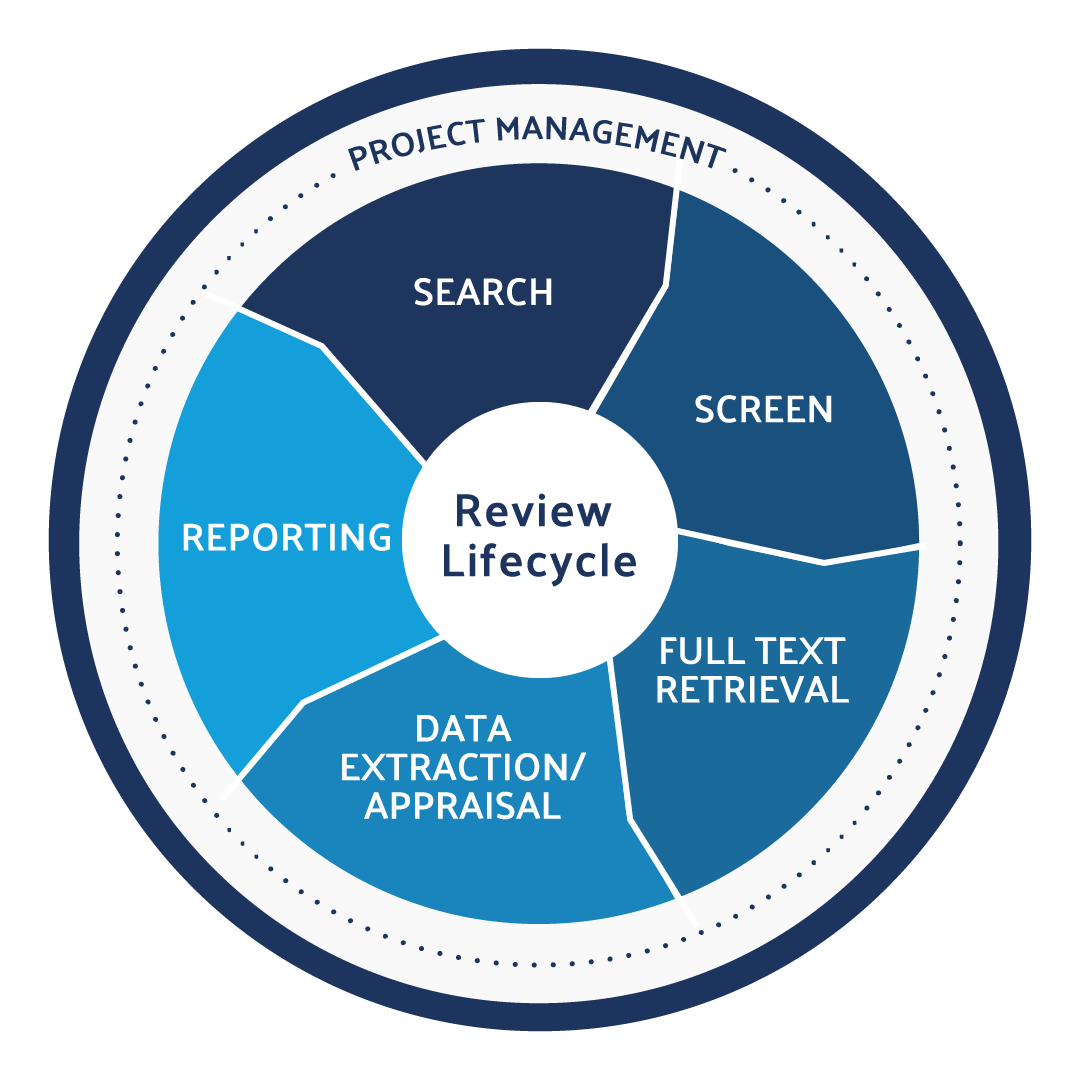Post-Market Surveillance for the MDD


Use DistillerSR to produce CER and PER literature reviews in an efficient, audit-ready, and compliant way.
Post-market surveillance (PMS) is a critical part of the Medical Device Directive (MDD) and the Medical Device Regulation (MDR) that formally replaced it in 2021. These European laws ensure medical devices continue to meet specific safety requirements after they are released into the market.
The PMS process may reveal changes to the safety and performance of the device or previously unknown adverse effects of a medical device, forcing the manufacturer to make changes or improvements to guarantee patient safety. PMS is designed to ensure that medical device companies maintain and improve the efficacy and safety of their products before newer versions can be released.
What Is the Purpose of PMS?
Post-market surveillance for the MDD and MDR ensure that all medical devices are safe and effective throughout their life cycle. Manufacturers must continuously monitor the performance of their medical devices after they have been released into the market. The goal is to ensure that any previously unknown risks or adverse effects are discovered and addressed quickly.
The objective of PMS is to collect information and data on the performance of medical devices in the real world to identify potential safety issues. This process involves regularly conducting different types of post-market surveillance studies to collect information from existing users and analyzing it for unexpected or adverse effects. In addition, product related regulatory complaints can be filed by customers and field-based personnel, thereby requiring the manufacturer to investigate potential issues with products on the market.
Additionally, manufacturers must conduct literature reviews of medical device research and published reports to identify potential safety concerns or issues. By combining these two data sources, manufacturers can ensure that their medical devices are safe and effective.
PMS also requires medical device manufacturers to report any safety issues or recalls that arise to the appropriate governing bodies, making patient safety a top priority. If problems are identified, corrective and preventive actions may be issued can can lead to quality changes in the product or processes supporting the design or manufacturing of the product.
Differences Between PMS MDD and PMS MDR
The key difference between post-market surveillance for the MDD and MDR is the increased emphasis on data sharing.
Under the MDR, manufacturers must share all post-market information and data collected from surveillance activities with all European Union countries. There will be greater safety throughout Europe with this data being shared and analyzed across borders. So, in addition to the other components of PMS, manufacturers must now report any safety issues or recall that arise to a central database.
Components of the PMS System
Under the MDR, the PMS system consists of three main components intended to ensure that medical devices remain safe and effective throughout their life cycle.
1. PMS Plan
A PMS plan is a document that outlines the activities and processes to be undertaken by medical device manufacturers to monitor the safety and performance of their products in the market. It should include details about how and when surveillance activities will be conducted, which personnel are responsible for each task, what data will be collected, actions to take when issues arise, and how long the plan remains valid.
To craft a comprehensive and compliant PMS plan, it’s best to use a post-market surveillance plan template for the MDR. This template provides guidance and outlines the steps to develop an effective plan with all the necessary components.
2. PMS Procedures
Once you’ve created a comprehensive PMS plan, you’ll need to develop a set of procedures that personnel can follow to ensure compliance with the plan. These procedures include how to collect data from incident reports, review product design changes, and conduct studies.
PMS procedures can also involve surveys and other measures that ensure a device continues to meet its intended purpose after it has been released on the market.
3. PMS Reporting
Once you’ve collected and analyzed the data from your surveillance activities, you’ll need to summarize the findings in a report. This report should include a summary of the data collected through various PMS activities, an evaluation of the device’s performance, and any recommendations for improvement.
You’ll submit the reports to regulatory authorities to ensure compliance with all applicable regulations. Any safety issues or recalls should be reported in the post-market surveillance report (PMSR).
Learn More About DistillerSR
(Article continues below)
Final Thoughts
PMS is an essential part of medical device regulation that ensures that devices remain safe and effective for patients. With the increased emphasis on data sharing under the MDR, manufacturers must create comprehensive PMS plans, follow detailed procedures to ensure compliance, and generate reliable PMSRs.
Finally, manufacturers must report all safety incidents and recalls in PMSRs. By following these steps, medical device manufacturers can ensure the safety of their products and protect their customers.








